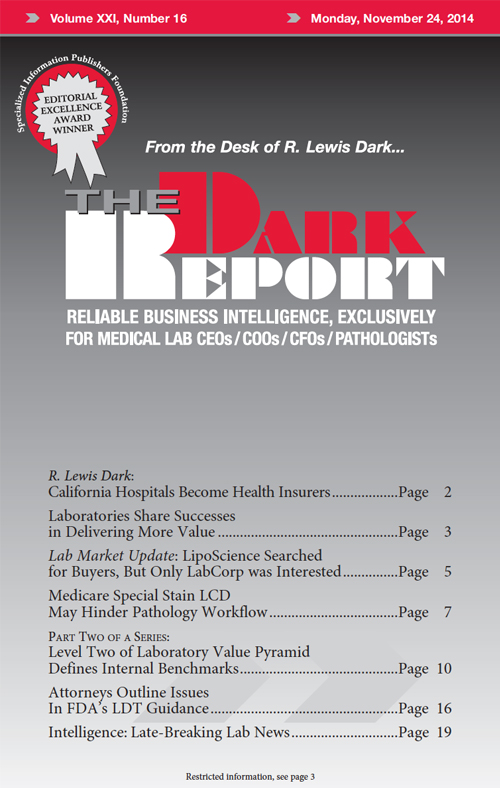CEO SUMMARY: Officials at the FDA believe that CLIA does not go far enough because it does not address the issues of whether laboratory-developed tests (LDTs) have been designed correctly or have been manufactured in accordance with sound standards. Also, CLIA does not include a process to verify if LDTs are safe, accurate, or efficacious, …
Attorneys Outline Issues in FDA’s LDT Guidance Read More »
To access this post, you must purchase The Dark Report.


